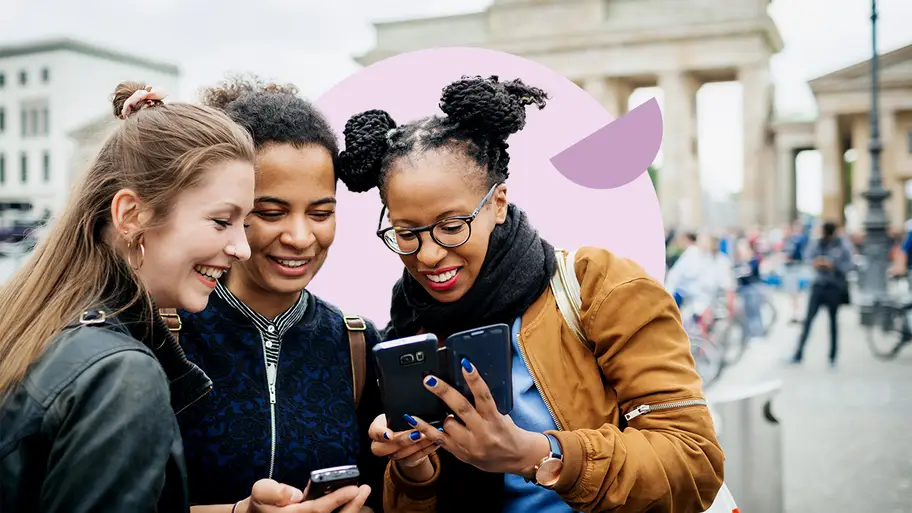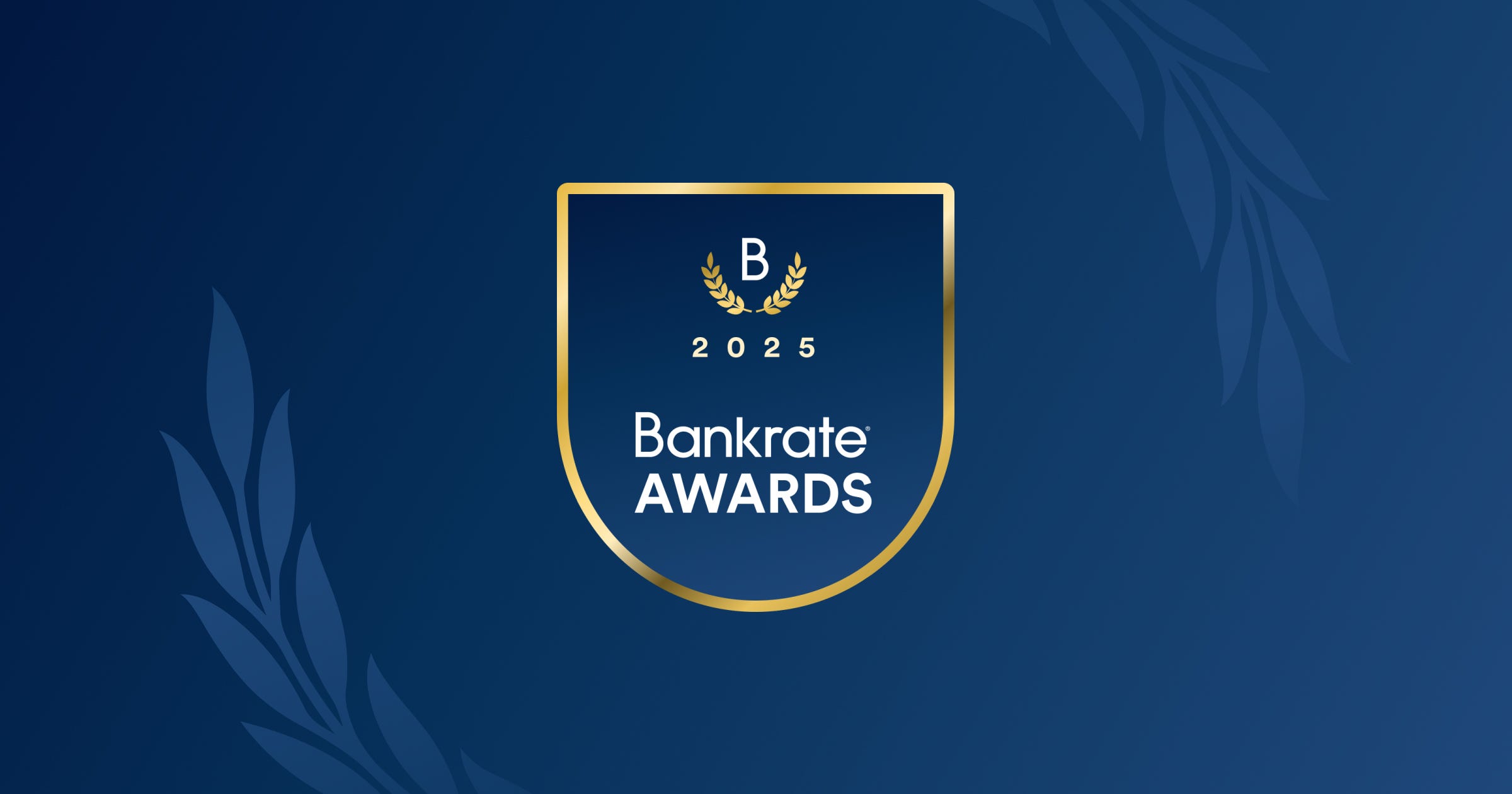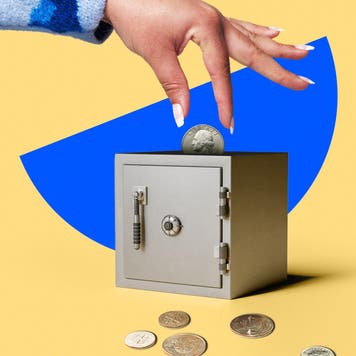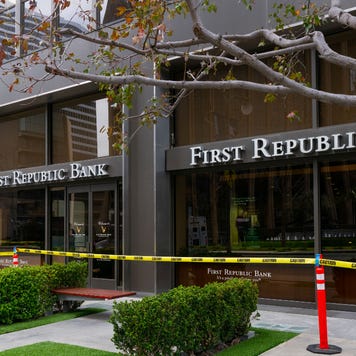Savings
Bankrate helps you find the latest deals on savings accounts and learn strategies to maximize your yield.
Explore savings basics



Build good budgeting habits
Bank accounts with budgeting tools
Choose a bank account that helps you develop healthy spending habits with built-in digital budgeting tools.
Ways to save money on a tight budget
Even on a limited budget, small intentional changes can go a long way to help you build a savings cushion and have greater peace of mind.

Best money-saving apps
Read up on top available rates and national average trends over time from Bankrate’s weekly survey of banks and credit unions.
Weekly Savings Rates
Bankrate consistently has offers well above the national average to help you earn more on your savings.
Bankrate Partner Average
The "Bankrate Partner average" is calculated from the average of the top savings account offers from the institutions we track, included on this page as of 07/27/2025. "National average" is determined by Bankrate's comprehensive national survey of savings accounts and CDs.
National Average
Experts in all things banking
Our expert writers and editors bring you timely news and reliable information - backed by data and first-hand experience.
About Bankrate's team
Chief Financial Analyst

Principal U.S. Economy Reporter

Senior Economic Analyst
Compare top-rated banks

See how much your savings can grow
Bankrate can help you capitalize on the current high interest rate environment. Enter your expected contributions and APY to see how much interest your savings could earn over time.
Total savings breakdown: | ||
| Interest earned | $ 5,803.89 | |
| Total contributions | + $24,000 | |
| Initial deposit | + $10,000 | |
The average APY in the U.S. is 0.56%. Enter an APY to see how much you can save, or choose an APY from one of our partners.
Latest articles




High-yield savings rates today: July 21, 2025 | Best APYs exceed 4% ahead of next week’s Fed meeting



























